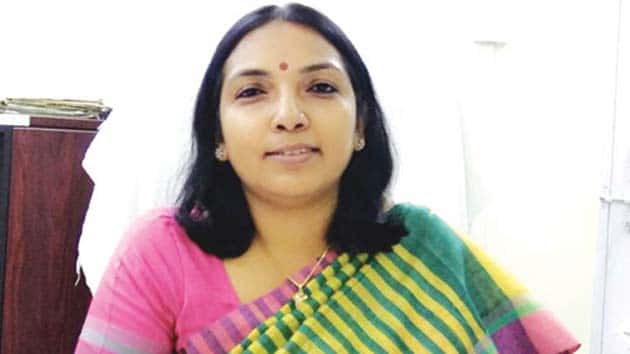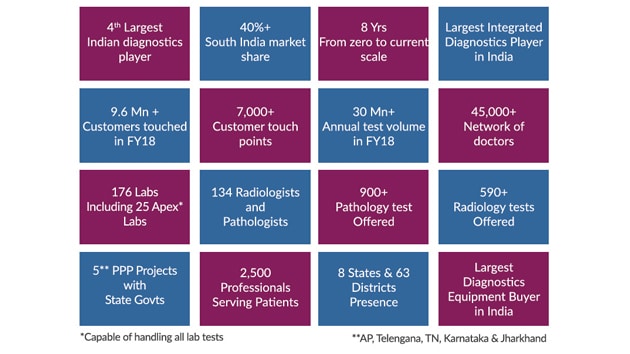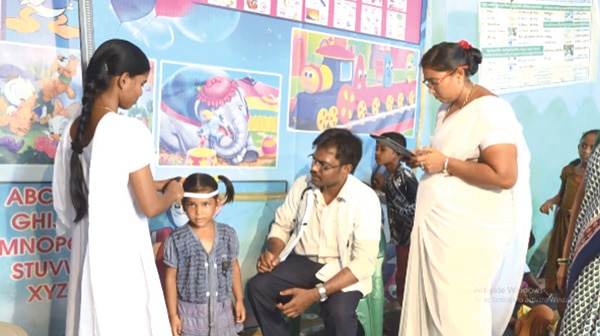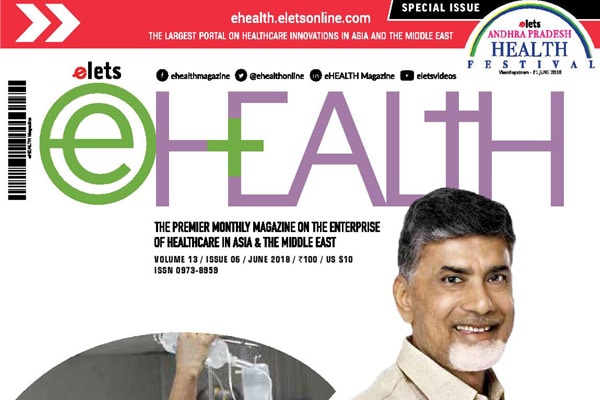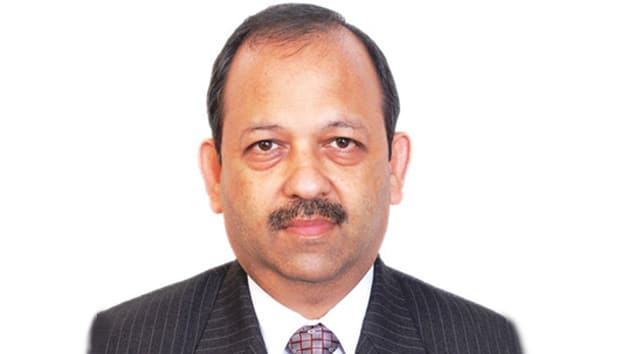
 The Himachal Pradesh Government is consistently undertaking various steps to bring succour to the public at large in healthcare Also, with opening of one more medical college in Hamirpur, this year, total number of Government Medical Colleges in the State will be raised to six, says B K Agarwal, Additional Chief Secretary, Department of Health & Family Welfare, Government of Himachal Pradesh, in conversation with Elets News Network (ENN).
The Himachal Pradesh Government is consistently undertaking various steps to bring succour to the public at large in healthcare Also, with opening of one more medical college in Hamirpur, this year, total number of Government Medical Colleges in the State will be raised to six, says B K Agarwal, Additional Chief Secretary, Department of Health & Family Welfare, Government of Himachal Pradesh, in conversation with Elets News Network (ENN).
Q Please tell us about Himachal Governments schemes and programmes to strengthen healthcare delivery in the State.

The major schemes and programmes which strengthen the healthcare delivery system in the State of Himachal Pradesh are:
Child Health Programme: State has Infant Mortality Rate (IMR) of 25, whereas India has 34. Newborn mortality rate is 16, which is one of the best in the country.
Maternal Health: Under Janani Shishu Suraksha Karykram (JSSK), all the pregnant women (right from conception to 6 weeks after delivery) and infant up to 01 year of age are provided with free diagnostic, free medicine, free operation, free blood (if required), free food and free transport facility from home to hospital and back.

Immunisation: 11 antigens are given to the eligible children, under this programme and coverage is almost 95 per cent.
Family Planning: Total Fertility Rate (TFR) of State is 1.7 whereas for India it is 2.3, birth rate of State is 16 against all India average of 21.6 per 1,000 people.
Revised National Tuberculosis Control Programme (RNTCP) “ Diagnostics and Treatment facility for all the TB Patients are free under this programme. State aims to end TB by 2021.
Non Communicable Disease Programme (NCDP): Under Universal screening against NCDs, all the citizens above age of 30 years shall be screened on four parameters (Weight, Blood Sugar and Blood Pressure).
Disease Control Programme and Integrated Disease Surveillance Programme (IDSP) – Surveillance is done to identify any warning signals and to prevent outbreak of diseases along with effective management, if it occurs.
Free Drug Services Initiative (FDI) “ Under this programme, 330, 216, 116 and 43 No. of free drugs and consumables are given at District Hospital, Civil Hospital/CHC, PHC and Health Sub Centre respectively, to all the patients visiting public health institutions to reduce out-ofpocket expenditure.
AIDS Control Programme: 100 per cent screening of all the pregnant women against HIV is being done in public health institutions.
Q What steps have been taken to improve healthcare infrastructure in rural areas?
- With opening of one more medical college in Hamirpur, this year, total number of Government Medical Colleges in the State will be raised to 6. There is one Medical College for every two districts.
- AIIMS is coming up in District Bilaspur.
- Satellite centre of PGI Chandigarh is coming up in District Una.
- 9 MCH wings, with bed capacity of 800 at the cost of 142 crore are coming up.
- 289 more Medical Officers have been recruited, since 1 January 2018.
- Apart from strengthening National Ambulance Services, Bike Ambulance Services have been started this year to further reduce the response time.
- Very soon, Air Ambulance services shall be started in the State, which shall further reduce the response time in rural areas at no cost to patients.
- 5 Dialysis centres have been made functional at Mandi, Dharamshala, Solan, Bilaspur and Kullu
- 10 cancer care units have been established to benefit the rural population where till date 676 chemo therapies have been started.
- Routinely Multi-Speciality Surgical camp are being conducting in Tribal & difficult public hard area in the State in which 60 major surgeries are to performed free of cost which includes 20 General surgeries, 20 OBG Surgeries and 20 eye surgeries.
Q Shed some light on the challenges you face while implementing schemes in these areas.
Major Challenges in Himachal Pradesh are:
- Availability of trained Human Resource remains a challenge in hilly State like Himachal Pradesh.
- Being hilly terrain, with extreme climatic conditions and disaster prone areas, the State has issue of poor connectivity particularly during monsoon and winter months hampering healthcare delivery services.
Q Generally Government hospitals are found to be in bad shape i.e. lack of modern equipments and trained manpower. What has been done to improve things?
As far as Himachal is concerned, the Government Hospitals are providing high quality healthcare services. This is being further improved based on the feedback received through software MERA ASPTAAL (patient feedback system).
All the hospitals are fully equipped with required modern equipments. Shortage of trained manpower is being addressed by way of outsourcing the services through private agencies.
- Recently we have outsourced the radiological imaging services at 182 locations through competitive bidding.
- Laboratory services at 24 locations and CT Scan services at 12 locations are outsourced for long.
- Tele-Stroke project is in place, at 17 Public Health Institutions, where consultation is being done by Neurologist sitting at IGMC Shimla & Dr. RPGMC Tanda.
- Tele-Medicine services are being extended to far flung areas in Himachal Pradesh. At present Tele Medicine Services are functioning at 30 different public health Institutions which includes SC, PHC, CHC & CH. It is proposed that during financial year 2018- 19, Tele Medicine Consultation services shall be started at 50 more sub centres.
Q Nipah virus recently created havoc in Kerala killing more than 10 people across State. Himachal also issued advisory on the same. What preparations were done to meet with any kind of worst situation?
As soon as information regarding outbreak of Nipah Virus (NiV) was received from Government of India, an advisory was issued by the State Government on 24 May, 2018. Following measures were undertaken:
- Press release was issued for general awareness, so that there is no panic reaction l Surveillance is being done and daily reporting is done by all the districts.
- Samples from dead bats were analysed at National Institute of Virology, Pune. Those were found negative for NiV.
- Similarly Blood, Urine and CSF samples from suspected cases from Dharampur in District Solan also were found negative for NiV at National Institute of Virology, Pune.
- All the medical colleges in State are fully prepared for treatment and management of NiV cases, if at all it occurs.
- Media is very supportive in dissemination of right message to general public, due to which there is no panic. People with symptoms of high grade fever with muscle pain and other conditions are directly visiting public health institution.
Be a part of Elets Collaborative Initiatives. Join Us for Upcoming Events and explore business opportunities. Like us on Facebook , connect with us on LinkedIn and follow us on Twitter , Instagram.



